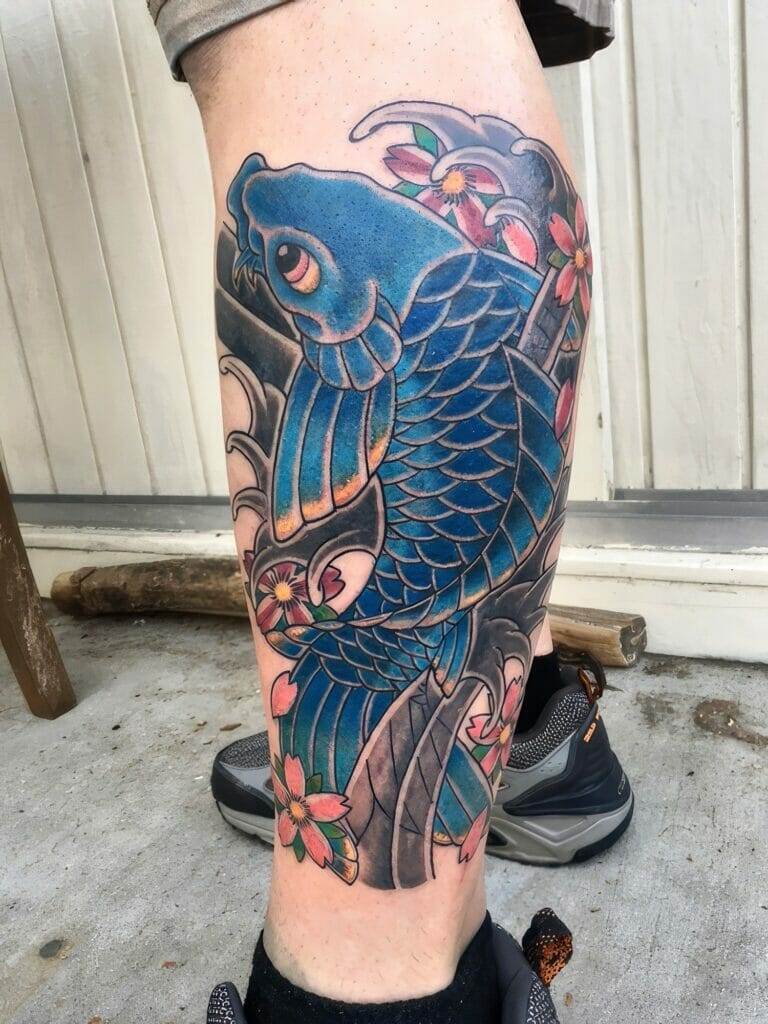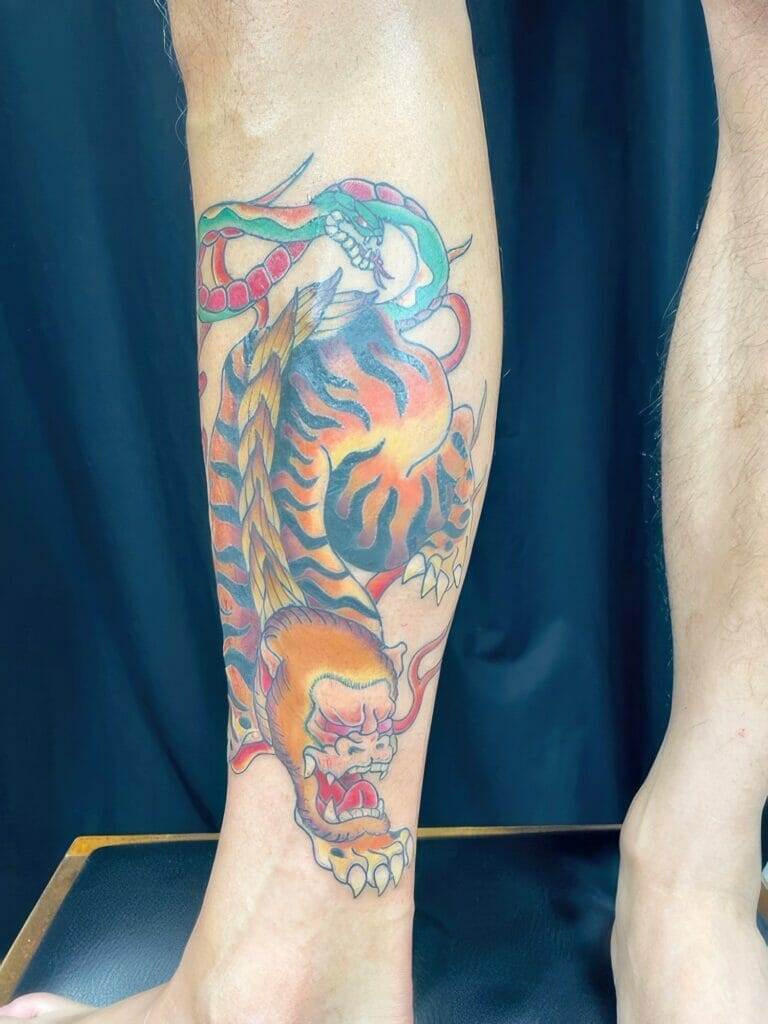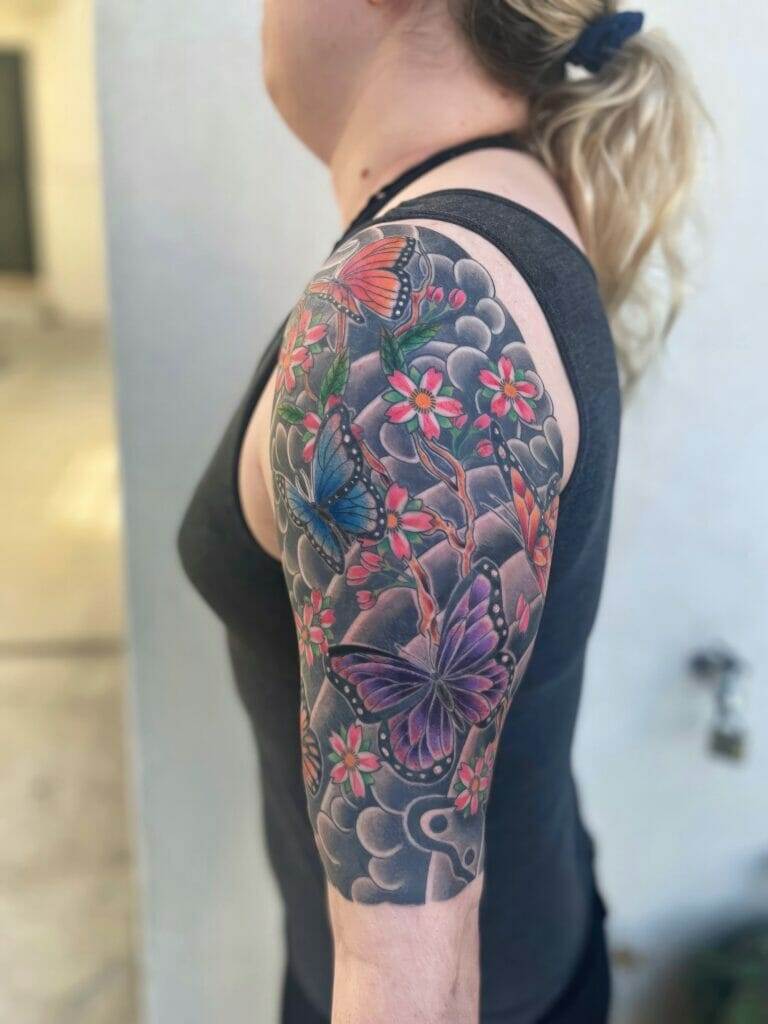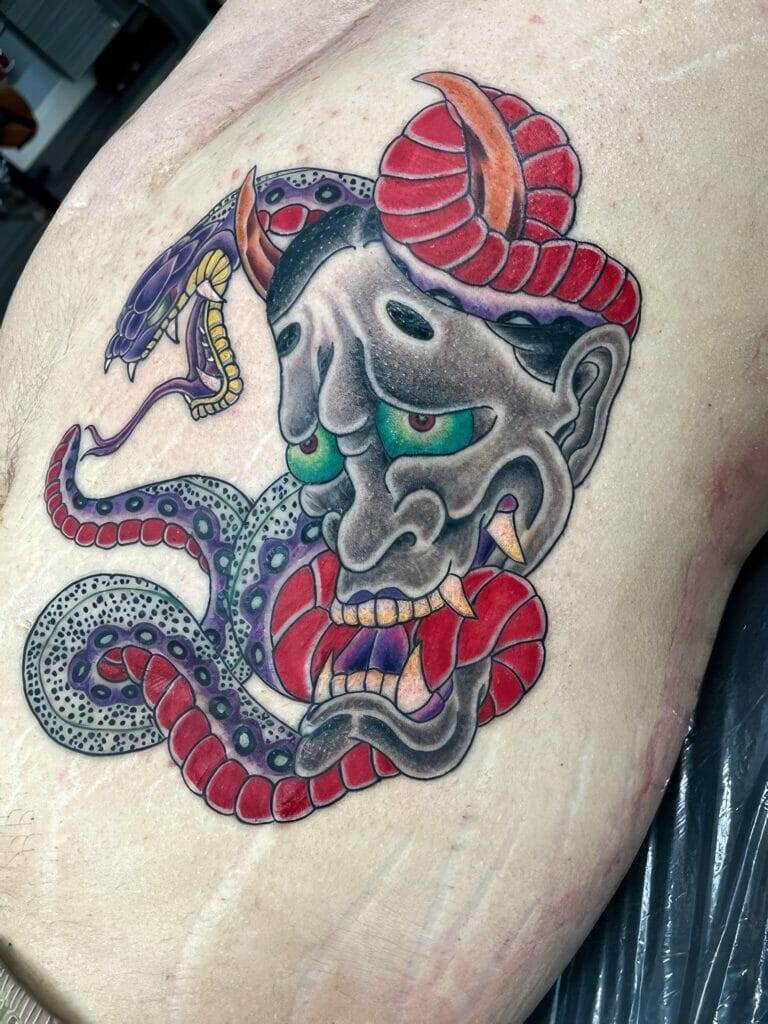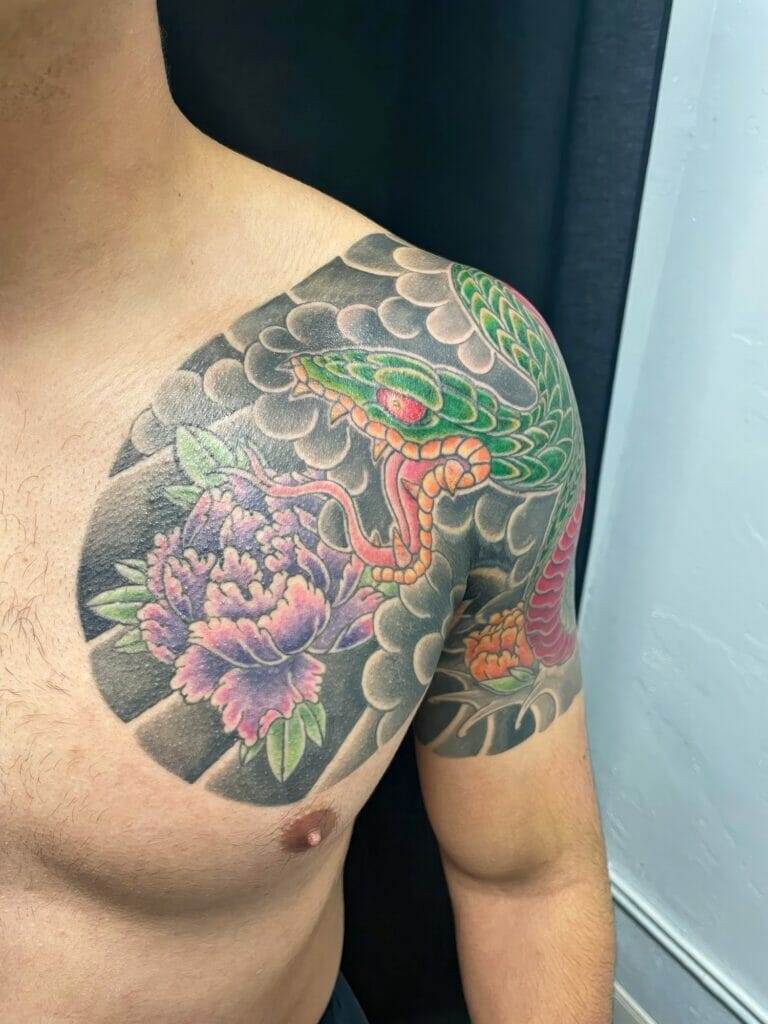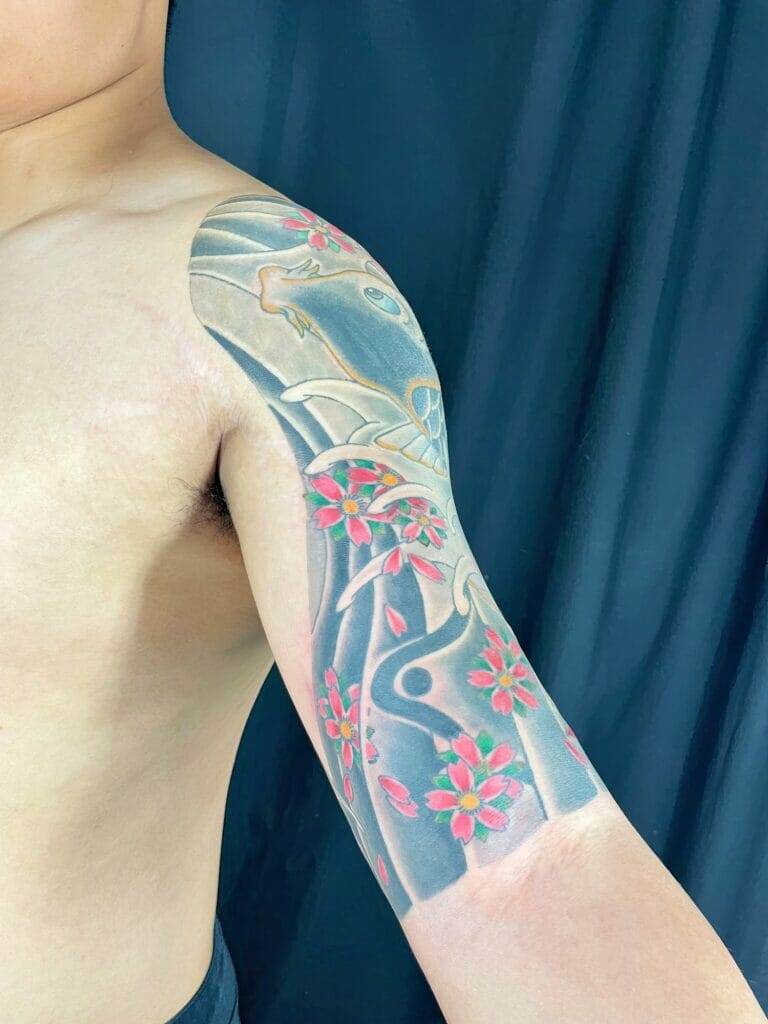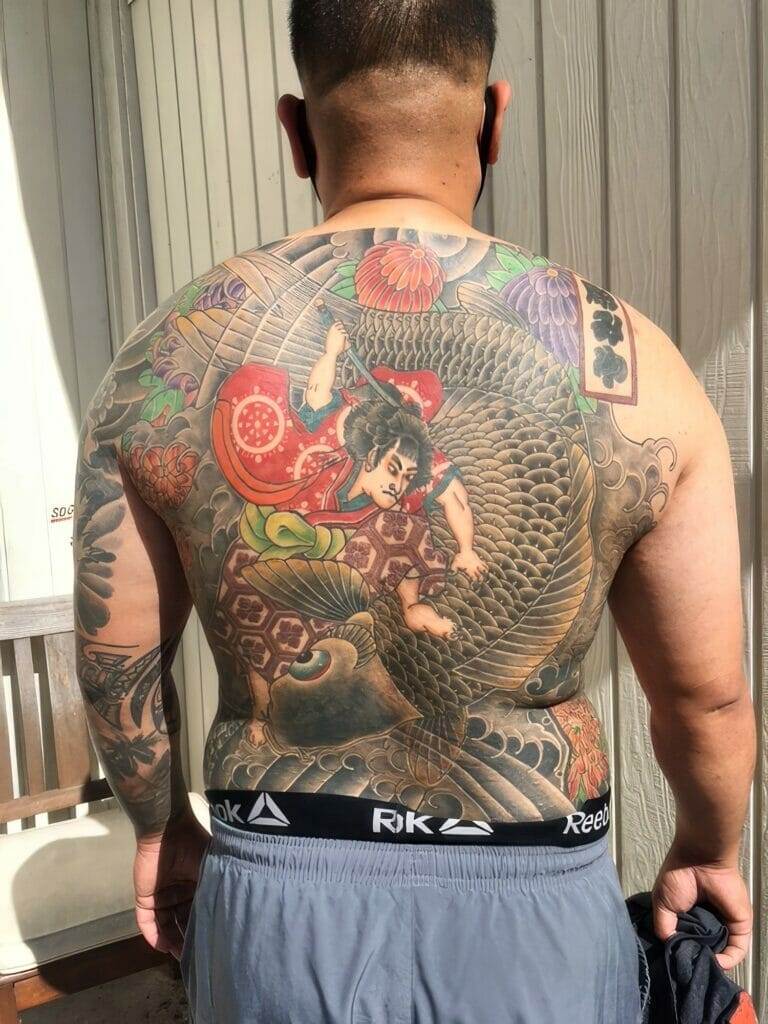Koi Fish and Oni Masks: Unraveling the Symbolism of Japanese Tattoo Designs
Japanese tattoo designs have a rich history and deep cultural significance. Dating back thousands of years, these designs have evolved and become an integral part of Japanese culture. The art of tattooing in Japan has its roots in ancient times, where it was used as a form of punishment and identification for criminals. Over time,…

